Venice is a city that makes you dream. It knows how to give, like no other, the feeling of being apart from everything else. When you walk through the calli and bridges, it is easy to imagine belonging to a noble family that lived in a marvellous palace during the splendour of the Serenissima. Who knows what it was like to live in luxurious flats with high ceilings and precious objects, servants, parties and formalities dictated by the etiquette of the high society of the time…
Today, some palaces house museums, art collections, and luxurious hotels and are home to the city's university or casino. In a virtual tour of Venice to discover its historical palaces, we will help you give a name and a soul to some beautiful buildings reflected on the water.
If after this virtual journey you feel like a real tour, know that many of these splendid palaces can be visited by purchasing the Venice Pass.

Where are the most beautiful Venetian palaces in Venice?
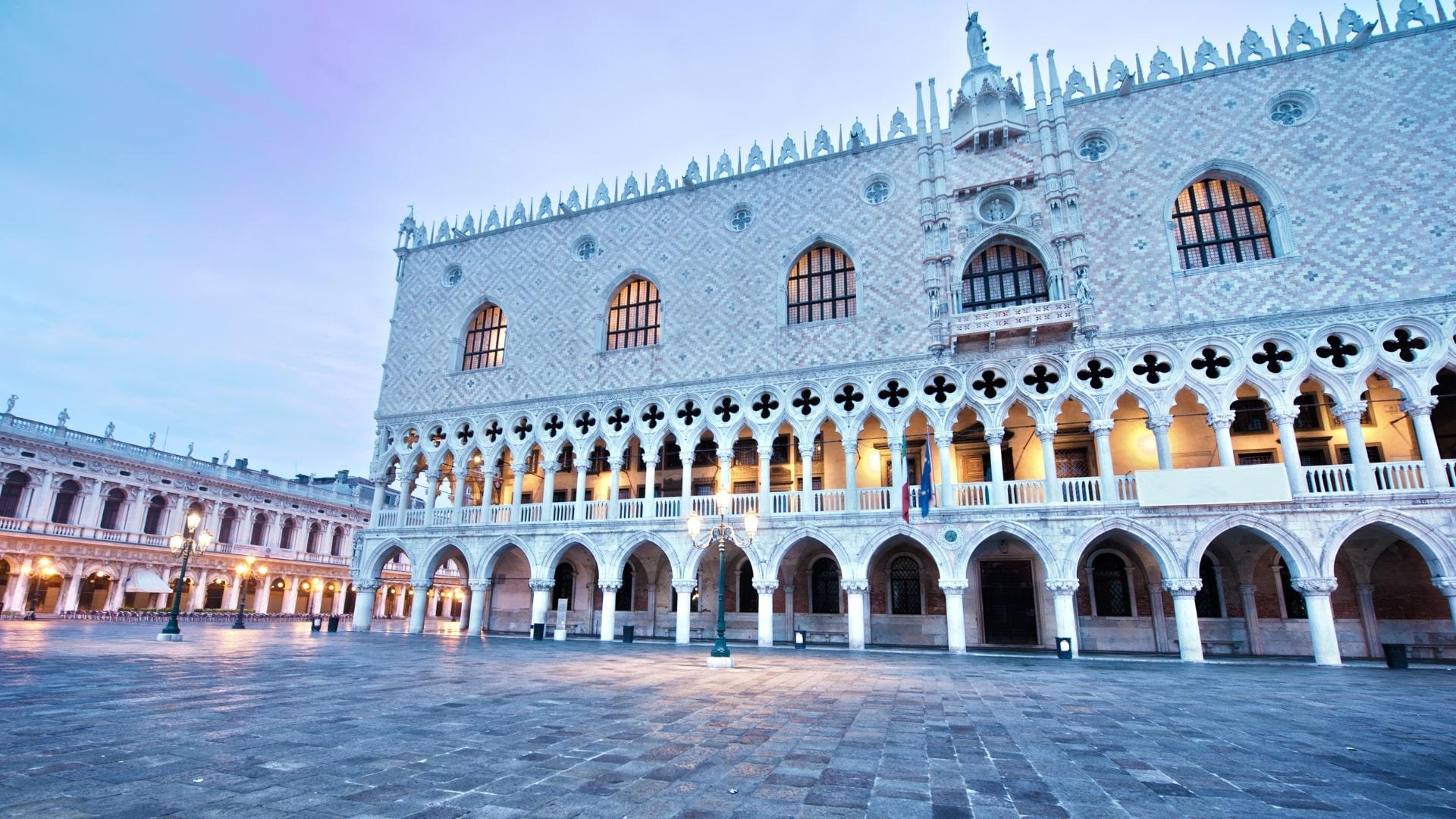
The ones we will talk about today were the homes of eminent families. They are primarily Venetian palaces on the Grand Canal. However, you will also find a few more 'secluded' buildings overlooking 'corti', 'campi' and 'campielli'. These are the names of the squares in Venice. The only square is, in fact, Piazza San Marco. Strolling around the city, you will encounter many architectural wonders not described in this article. In fact, selecting just a few takes work in such an overabundance of historical residences.
Let us begin.
Cà Vendramin Calergi: the headquarters of the Venice Casino
If we were to imagine taking a gondola ride along the Grand Canal, our attention would easily be drawn to a beautiful palace in patrician Renaissance style that Gabriele D'Annunzio described as "a cloud effigy resting on the water": Ca' Vendramin Calergi. Its construction dates back to the early 16th century and among its owners various noble families succeeded, it also was the residence of Doges and the last home of Richard Wagner; its construction saw the contribution of illustrious artists such as Giorgione and since the 1950s it has been home to the Venice Casino. The Wagner rooms, which can be visited by appointment, house a marvellous collection of objects dedicated to the composer, documenting his relationship with Venice, the city he loved.
Cà Pesaro: the majestic of the Baroque
As we continue to be carried along the slender waves of the Grand Canal, we come to Ca' Pesaro, a sumptuous, Baroque palace, considered one of the most important Venetian palaces for its grandeur and decorations. Its design was entrusted to the famous architect Baldassarre Longhena, who died before seeing his work completed. In 1710 the wealthy Pesaro family could have the majestic palace they had been waiting for for almost sixty years, with its façade embellished with bas-reliefs, statues and round arches. It is a pity that little remains of the original richness of the rooms, except for a few decorations and frescoes, but we can admire the works of the International Gallery of Modern Art on the first and second floors and the Museum of Oriental Art on the third floor.
Visit Ca' Pesaro with Venice PassCà d'Oro: the casket of beauty

Golden like the colour of the sun reflected in the slow movement of the lagoon at sunset. The palace is so called because this beautiful late-Gothic style noble residence once actually had a facade decorated with gold trim. Perhaps it was destiny that this luxurious residence was born to house precious things: today it is home to the Giorgio Franchetti Gallery, a tribute to Beauty by a man who was in constant search of perfection and the universality of Beauty. The art collection contains works of enormous value, including an absolute masterpiece, Andrea Mantegna's painting of Saint Sebastian, as well as an important section dedicated to ceramics.
The monumental residence of Cà Rezzonico
We are in the middle of the 17th century and the noble Bon family wanted to build a grand palace that would be admired by all and so chose the most famous architect of the time, Baldassarre Longhena, to carry out this project. However, he did not finish the work in time until almost a century later, when Giambattista Rezzonico (recently admitted to the Venetian aristocracy) bought the building and entrusted the great Giorgio Massari with the task of completing the work. The result was a monumental residence with a grand staircase of honour and a ballroom decorated by many talented artists. Today the façade of Ca' Rezzonico is another of the jewels that adorn the Grand Canal and the palace houses the Museum of 18th-century Venice, the Mestrovich Collection, the Ai Do San Marchi Pharmacy and the Egidio Martini Art Gallery, an important donation of the scholar to the city.
Visit Ca' Rezzonico with Venice PassCà Foscari and the university of Venice
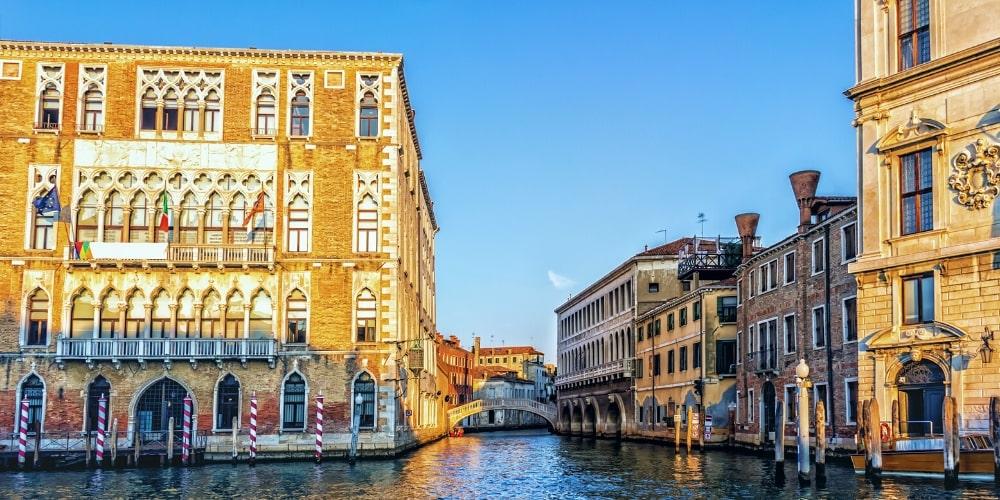
Everyone knows it as the seat of the Venetian university of the same name, but Ca' Foscari has much to tell about its past, linked to a complex game of alliances and betrayals between noble families in the struggle for power. Where today's Palazzo Foscari stands, in the first half of the 15th century there was the House of the Two Towers and its ruler was Gianfrancesco Gonzaga, who betrayed the Serenissima and his palace was given to Francesco Sforza. When he turned his back on Venice, Doge Francesco Foscari bought the property, had it destroyed and wanted a new building in its place, to be more beautiful and imposing than the first, which over the years hosted European sovereigns and illustrious diplomats, parties and ceremonies.
Fortuny Palace and its troubled story
Do you remember the Pesaro family? In the fifteenth century, before the construction of Ca' Pesaro, their home was Palazzo Pesaro degli Orfei, which, after various modifications, today presents itself majestically with a complex Venetian Gothic façade and fine architectural features. The history of this building is rather troubled: after a period of glory in which it hosted sumptuous parties and prestigious works of art, the male descendants of the family died out and the palace was first divided up, then rented out and finally divided into flats to house people of humble means. At the end of the 19th century, however, the eclectic Spanish painter, stylist, set designer and designer Mariano Fortuny Madrazo fell in love with the decadent beauty and began work to restore it. Upon his death, the palace was donated to the City of Venice and now houses a museum dedicated to the visual arts, from photography to painting, from sculpture to theatre and fashion.
Visit Fortuny Palace with Venice PassMocenigo Palace: into the life of the Venetian aristocracy
Inhabited by the Mocenigo family until recent times, this is one of the few historic Venetian palaces that do not overlook a canal. Ancient documentation dates it back to the 16th century, but it was enlarged and renovated several times over the centuries, so that it was enriched with architectural elements from various periods. It has an internal structure typical of Venetian patrician homes with a large central hall overlooked by the other rooms, large "serliane" (windows widely used in 17th-18th century Venetian architecture) and 17th century influences; the first floor has marvellous frescoed ceilings and Rococo and Neoclassical furnishings, most of which date back to the second half of the 18th century. Today the Museum of Palazzo Mocenigo houses the Centre for the Study of the History of Textiles, Costumes and Perfume: it will be like being immersed in the life of the Venetian aristocracy, among precious clothes, accessories and frivolities.
Fontego dei Turchi Palace: one of the oldest Venetian palaces in Venice
Here are the waters of the Grand Canal and the Pesaro family again: it is the 13th century and its founder Giacomo Palmieri gave the order to build what is now one of the oldest palaces in the city. After the family ceded it to the Serenissima, it passed from hand to hand as a reward for political and military alliances, until in the 17th century it was converted into a trading post for Ottoman merchants and also the diplomatic headquarters of the Ottoman Empire in Venice, before returning to the ownership of patrician Venetian families. When the Municipality purchased it in 1859 it was in a state of great disrepair, so major restoration work was undertaken to bring it back to its original form as far as possible. Today it houses the Civic Museum of Natural History.
Contarini del Bovolo Palace: a view over the city
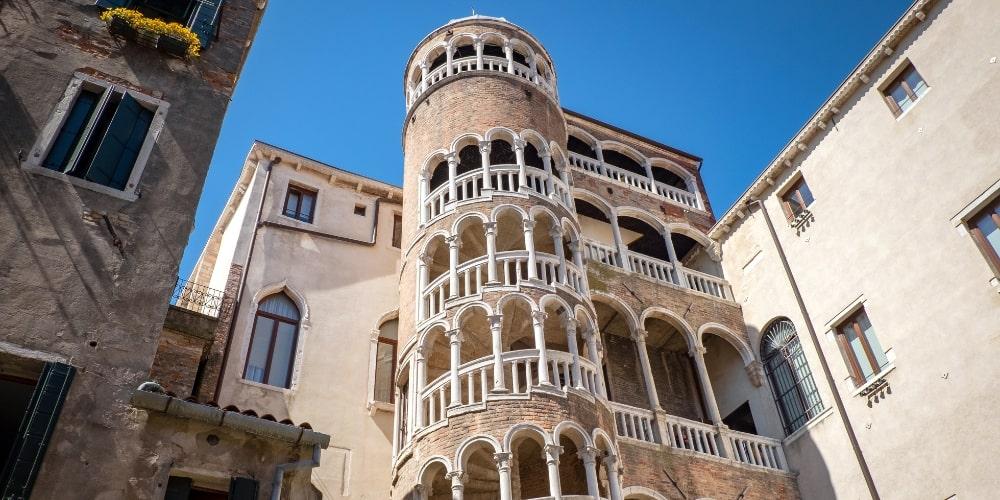
Near Campo Manin, in the San Marco District, a large spiral staircase that turns on itself leads us towards the sky. From here you will discover a panorama of the heart of the old town, above the roofs of the houses with their windows from which you can glimpse moments of everyday life. The narrow streets of the old town are a place of silence, where you can find peace combined with unrivalled elegance. Contarini del Bovolo Palace is a late-Gothic 'casa fontego', a 'fountain house' that over five centuries has hosted the lives of various owners within its walls and has seen various architectural interventions over time that have enriched it with a distinct Renaissance taste.
Palazzo Venier dei Leoni: the palace never finished
The Venier family was one of the oldest and most prestigious in Venice, from which some Procurators of St. Mark's and Doges were born. In 1749, they commissioned architect Lorenzo Boschetti to build a marvellous five-storey palace with a classical-style façade embellished with triple arches. Following various events, however, only one floor of this colossal project was realised. Over the centuries, the mansion changed hands several times until it took on its present appearance and the collector Peggy Guggenheim bought the palace and garden in 1949. She lived here for thirty years, set up her collection and decided to open the doors to the public.
In 1980 the Peggy Guggenheim Collection opened. Even today, the long, white, Istrian stone façade of Palazzo Venier dei Leoni reflects lower than those of the neighbouring buildings in the waters of the Grand Canal in the Dorsoduro district. Definitely among the Venetian palaces to visit.
If you find yourself in the area, when evening falls, you can stay in a place that will remain in your heart. Charming House is a Boutique-Hotel nestled in the beauty of Venice, a stone's throw from Palazzo Venier and the Accademia.
The history of Venice is rocked by the waters like our fantasies and creeps through the calli. It reflects itself because it is too vain to be carried away without making those who are enchanted by its Beauty sigh a little more. And here comes a thought: how wonderful it would be to live all this magic daily? Suppose your wish is that belonging to this world does not remain just a dream. In that case, Leonardo Immobiliare Venezia can give you the keys to your unique place in the city of the Doges.
Welcome home.
About the author
Written on 22/11/2022

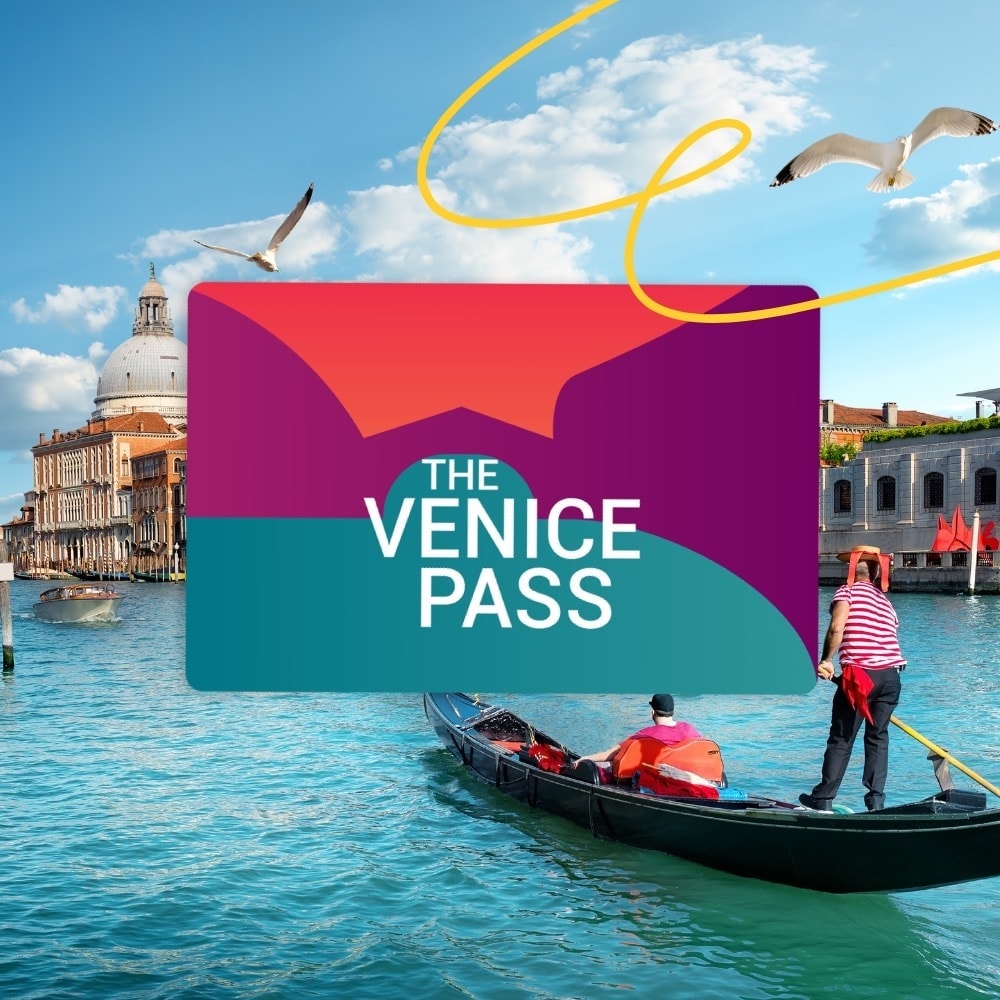
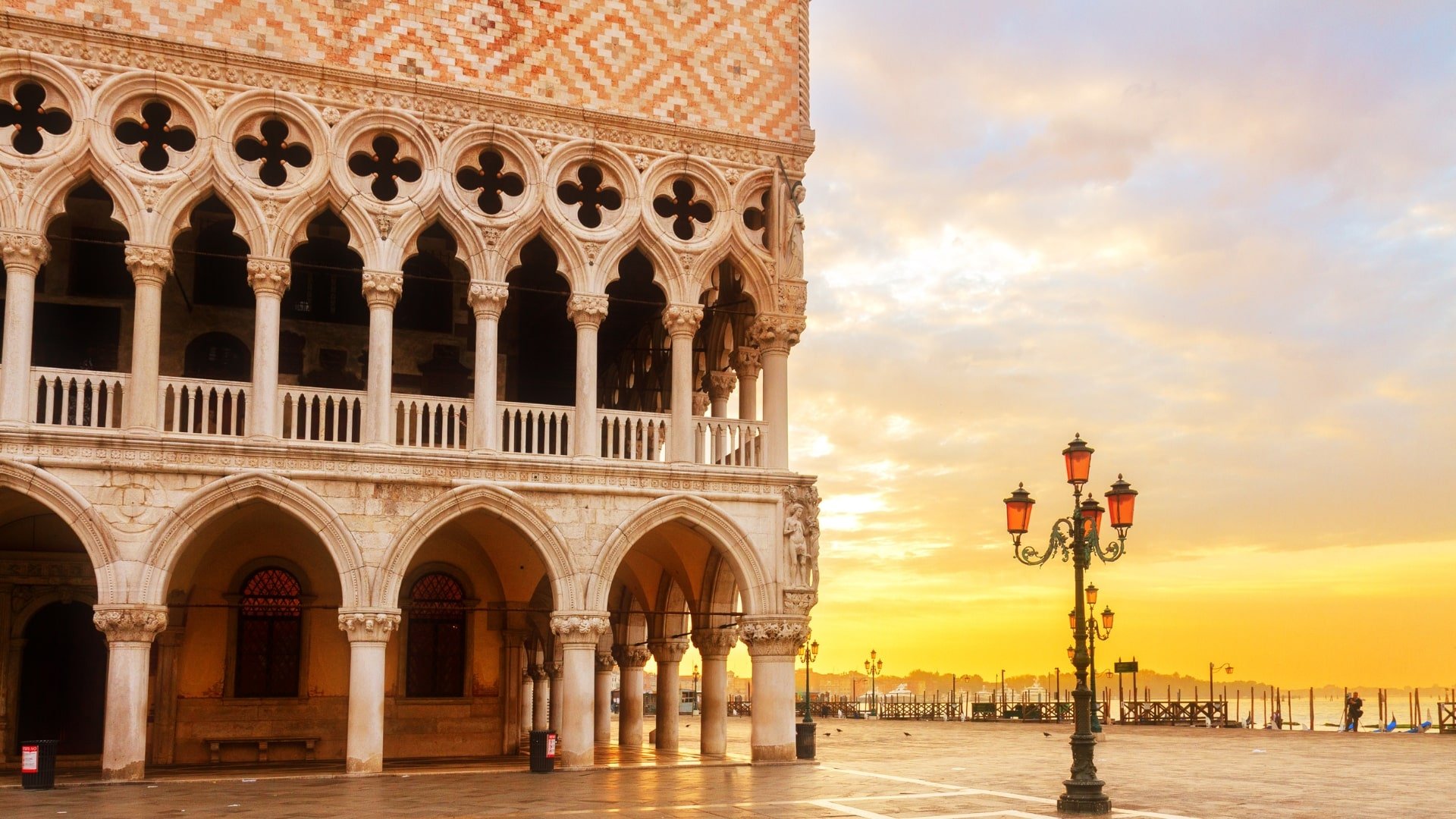

Chiara Musino
Venetian palaces in Venice are silent witnesses to the history of a unique city, a symbol of elegance. Here are some of the most beautiful.